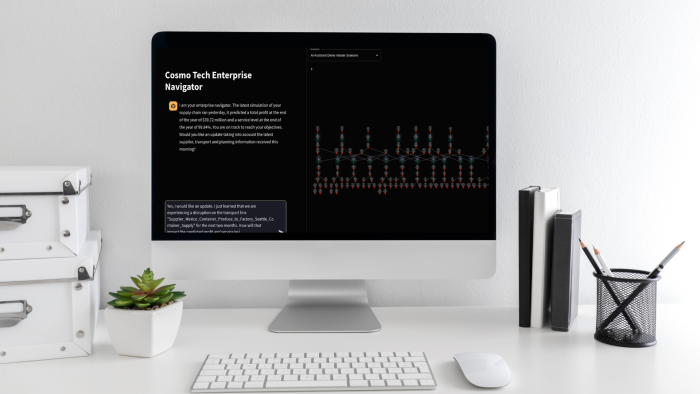Visibility and stress testing of critical non-tier-one suppliers
As Covid-19 highlighted, Tier 2 and Tier 3 suppliers are increasingly important in ensuring supply continuity. The pandemic also revealed that most companies lacked the visibility to access these suppliers’ BCPs and could not fully understand their risk mitigation and recovery capabilities.
Look no further than medical device suppliers during the height of Covid-19 to understand why this is critical. In Gartner’s 2020 Future of Supply Chain survey, medical device respondents listed “the number of tested/untested BCPs for key suppliers and facilities” as a top-three indicator of resilience.” As a head of supply chain risk stated, “Supplier business continuity is not just a plan; it’s a capability.”
Even though mapping multi-tier supply chains is ardent and time-consuming, doing so is required for managing risk and resilience. Leveraging Prescriptive Simulation Twins’ capacity allows mapping of systems holistically by understanding intricate interconnections and interdependencies, and the impact of decisions is seen throughout other parts of the business. It also enables an organization to analyze and optimize the whole value chain.
Using the technology’s simulation ability, organizations can identify which suppliers have a key impact in the event of a disruption or high-demand variability and with whom to engage in a BCP robustness assessment. Existing optimization tools cannot properly test robustness when faced with uncertainty as they neglect the impact of cascading effects.
Prescriptive Simulation Twins let organizations stress-test plans for robustness to uncertainty, demand variability, lead time, and supplier stock levels. By creating a virtual replica of the entire system, decision-makers can test assumptions against response scenarios to find the optimal course of action. These scenarios are shared with suppliers to ensure alignment.




